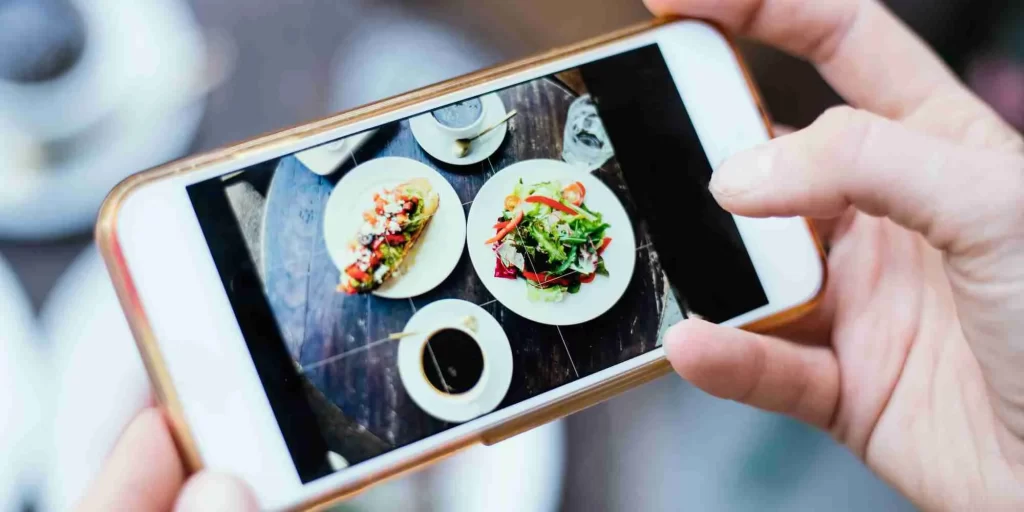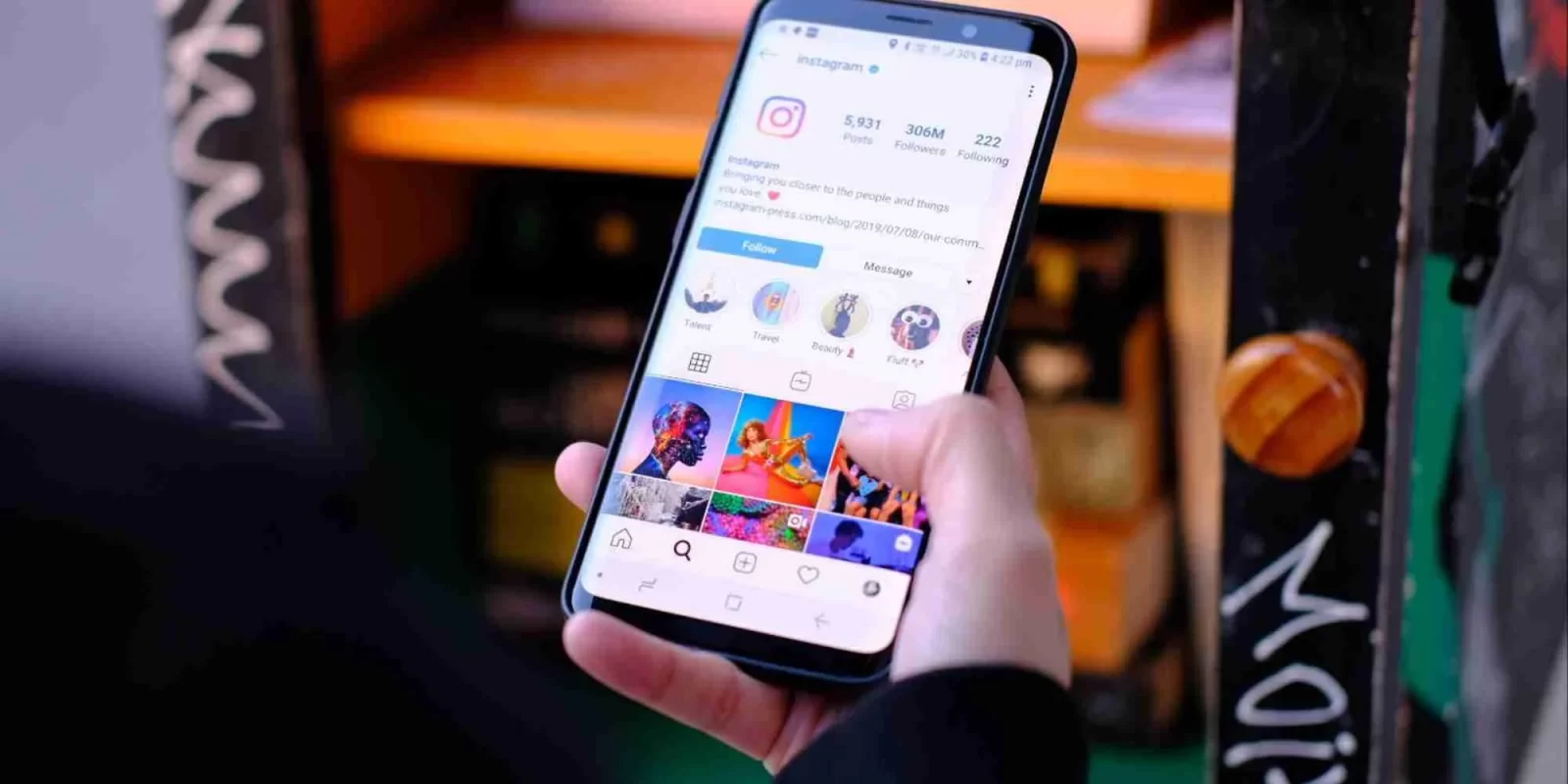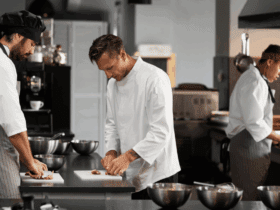In the bustling and ever-evolving world of the culinary scene, establishing a strong presence and identity is paramount for any restaurant’s success. With the gastronomic landscape becoming increasingly competitive, restaurant owners must harness the power of digital marketing to stand out and thrive. As we sail through 2024, Instagram has cemented its place as a vital platform for restaurant marketing, offering a visually engaging and interactive space to connect with a vast audience. It’s not just about showcasing your culinary delights; it’s about weaving a narrative that resonates with your patrons, enticing them to walk through your doors. Understanding and leveraging Instagram’s potential can transform your restaurant from a hidden gem to a community favorite. This guide is meticulously crafted to empower restaurant owners like you with innovative advertising ideas, strategies, and trends, ensuring your establishment not only survives but flourishes in today’s competitive market.
Following are the Way on How to Use Instagram For Restaurant Marketing in 2024
1. Crafting Your Visual Feast: Quality Content is Key

In the realm of Instagram, your visuals speak volumes. High-quality, mouth-watering photos of your dishes can turn viewers into customers. But it’s not just about the food; it’s about the experience. Showcase your ambiance, your staff in action, and even your happy customers (with their permission). Remember, authenticity wins. Share behind-the-scenes glimpses of your kitchen, the making of a signature dish, or the sourcing of your ingredients. These stories create a personal touch, making your restaurant not just a place to eat but a place to experience.
Must Read: How to Use Social Media for Your Restaurant?
2. Engage and Connect: Building Your Community
Your followers are not just spectators; they are your community. Engage with them by responding to comments, hosting Q&A sessions, or running polls about new menu items. Use Instagram Stories and Reels to share quick, engaging content, keeping your restaurant top of mind. Collaborate with local influencers or food bloggers to reach a broader audience. Remember, engagement is a two-way street; actively comment and like posts from your local community and fellow restaurateurs.
3. Hashtags and Geotags: Maximize Your Visibility
Hashtags are your allies in making your content discoverable. Use a mix of popular food-related hashtags and specific ones that reflect your restaurant’s uniqueness. Don’t forget to geotag your location to attract local diners exploring the area. Encourage your customers to use your branded hashtag and geotag when they post about your restaurant, amplifying your reach through user-generated content.
4. Leveraging Instagram Ads: Targeted Advertising
Instagram’s advertising platform allows you to target your audience precisely, from demographics to interests. Use captivating images or videos and compelling copy to promote special offers, events, or new menu items. A/B testing your ads can help you understand what resonates best with your audience, ensuring a higher return on your investment.
5. Promotions and Collaborations: Spur Engagement and Reach

Host contests or giveaways, asking participants to tag friends, share your post, or use your hashtag. This not only increases engagement but also broadens your reach. Collaborate with other local businesses or suppliers for cross-promotions, tapping into each other’s audiences and fostering a sense of community.
6. Loyalty Programs and Exclusive Offers: Reward Your Patrons
Introduce loyalty programs or exclusive offers for your Instagram followers. For instance, a discount code visible only to your followers or a special dish available exclusively to those who saw your Instagram story. This not only rewards your loyal customers but also incentivizes others to follow and engage with your content.
Must Read: 06 Amazing Benefits of Social Media Marketing for Restaurants in 2024
7. Monitoring and Analytics: Understand Your Performance
Use Instagram’s analytics tools to track your performance. Understand which posts get the most engagement, what times your audience is most active, and what content drives traffic to your website. This data is invaluable in refining your strategy, ensuring your efforts are well-targeted and effective.
8. Stay Updated: Trends and Updates
Instagram constantly evolves, introducing new features and algorithms. Stay abreast of these updates and adapt your strategy accordingly. Whether it’s leveraging the newest feature or hopping onto a viral trend, staying current can keep your content fresh and engaging.
9. Storytelling: Weave Your Unique Narrative
Every restaurant has a story. Whether it’s your heritage, your commitment to sustainability, or your culinary innovation, share it. Storytelling adds depth to your brand, making your restaurant not just a place to dine but a place to connect and belong.
10. Feedback and Adaptation: Listen and Evolve
Finally, listen to the feedback from your community. If your followers are raving about a particular dish, feature it more prominently. If they’re asking for vegan options, consider expanding your menu. Your ability to adapt and respond to your customers’ preferences can set you apart in a crowded marketplace.
Conclusion:
In the digital age, Instagram is more than just a platform; it’s a dynamic, interactive space where your restaurant’s personality can shine. By embracing these strategies, you can turn your Instagram account into a powerful tool, driving engagement, building a loyal community, and ultimately, filling your tables. Remember, in the world of restaurant marketing, it’s not just about the food you serve; it’s about the stories you tell and the experiences you create. So, set forth and let Instagram be your canvas, your menu, and your connection to the food lovers out there.
Must Read: Marketing Without Data Is Like Driving With Your Eyes Closed!











Leave a Reply